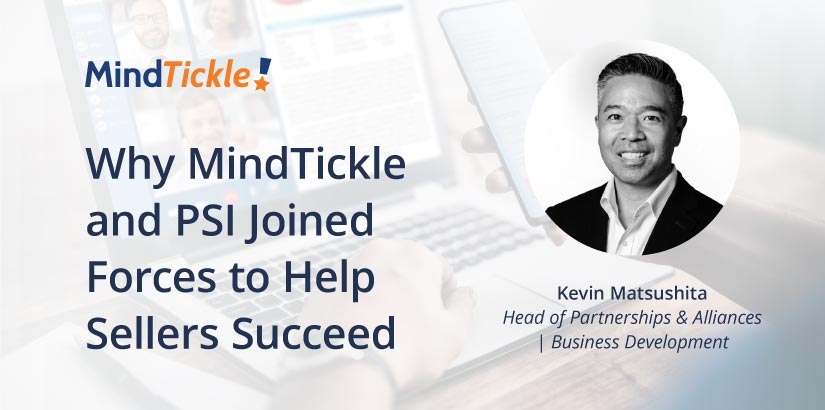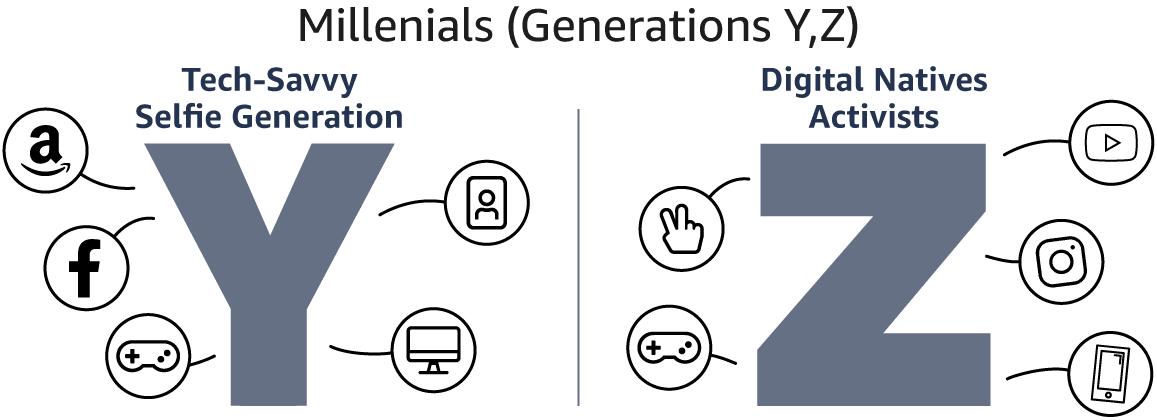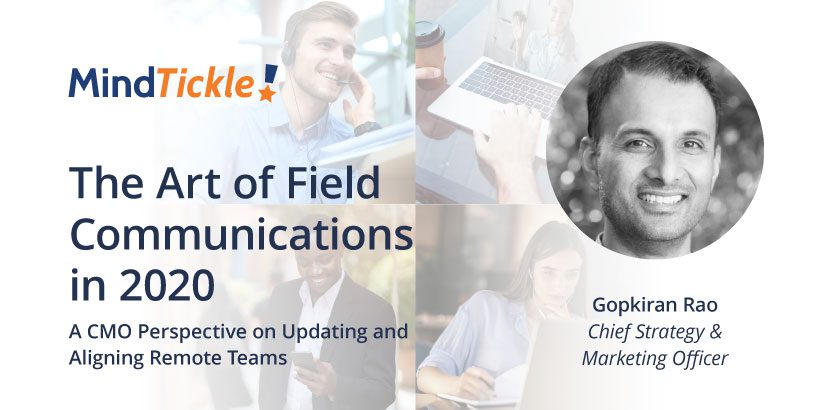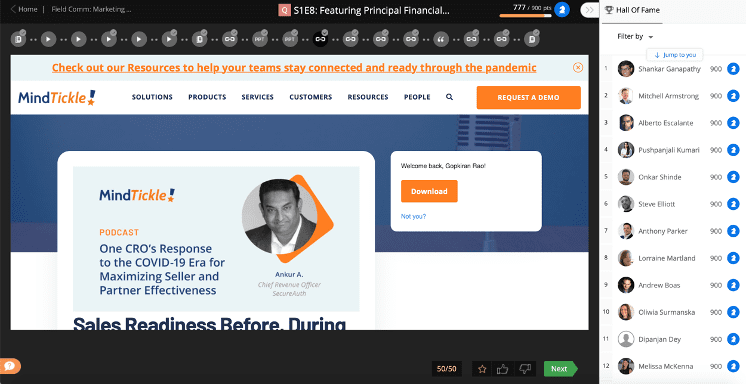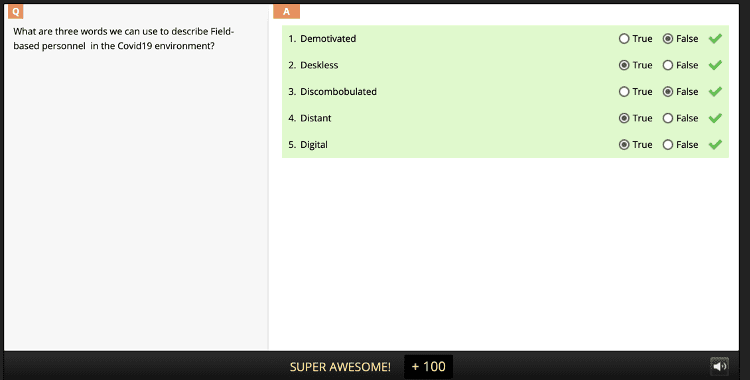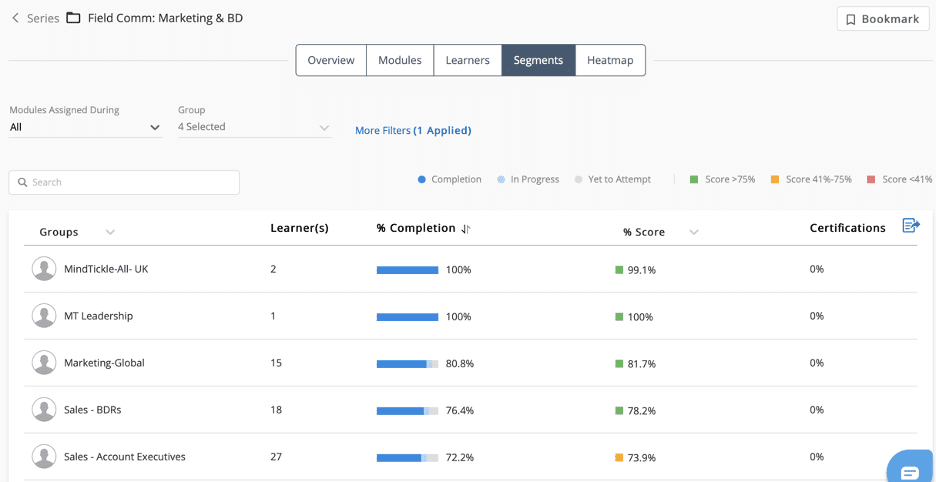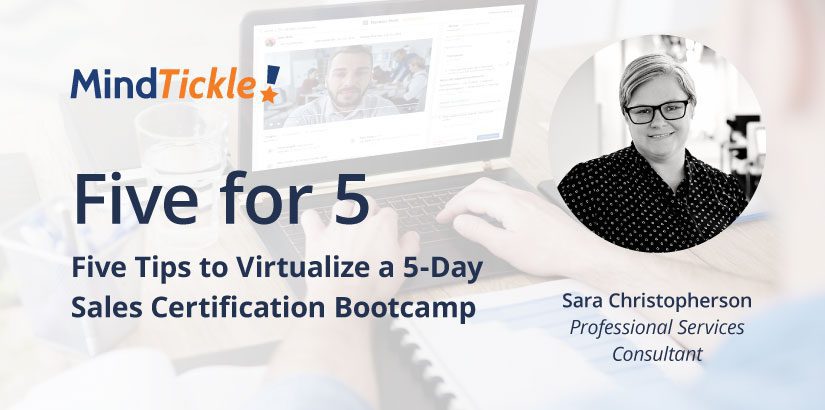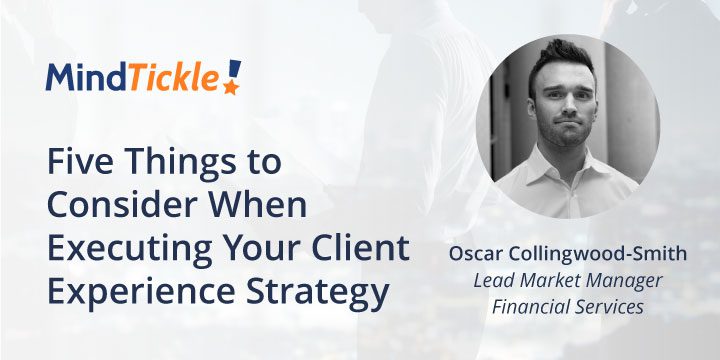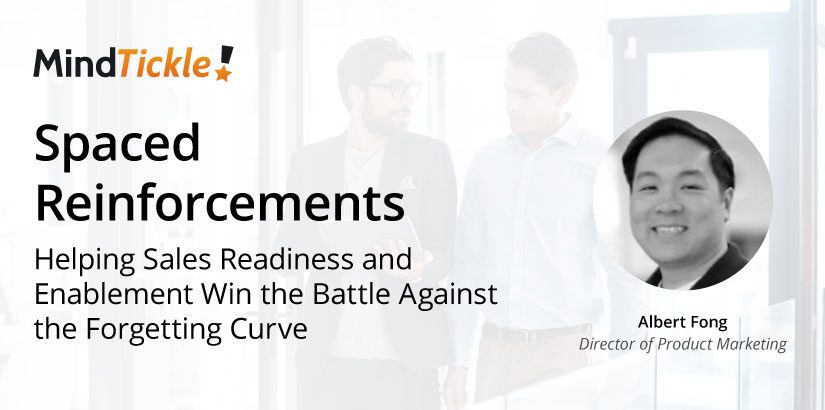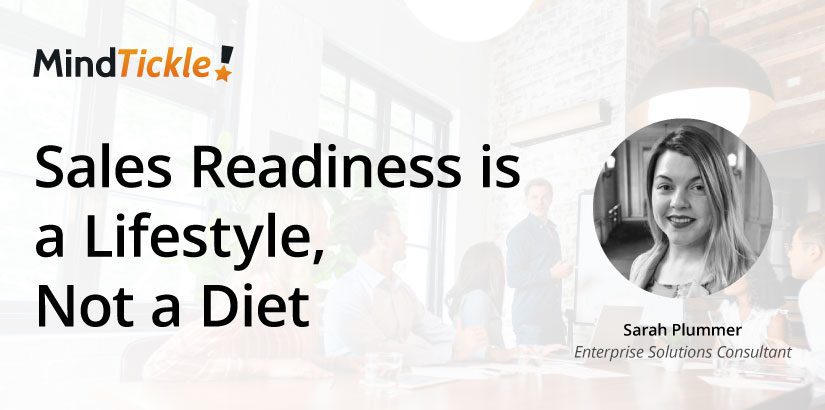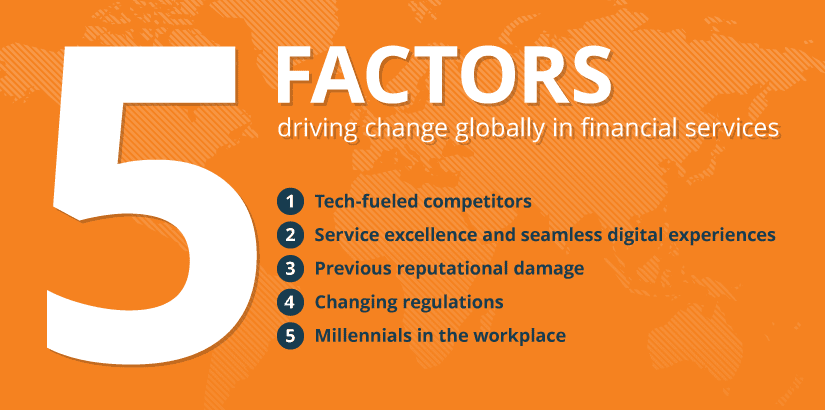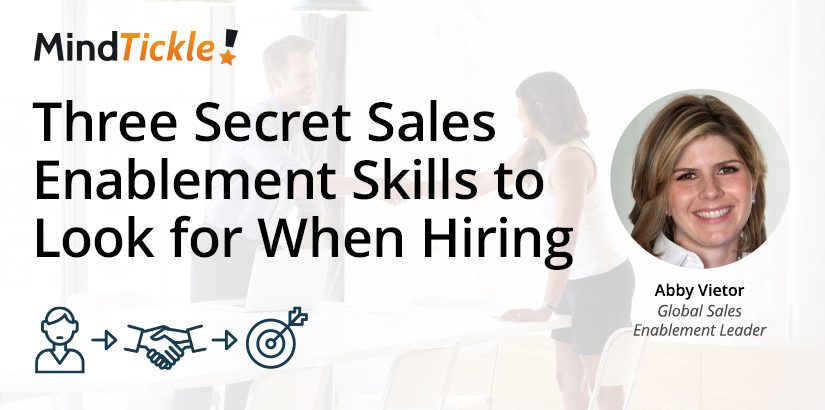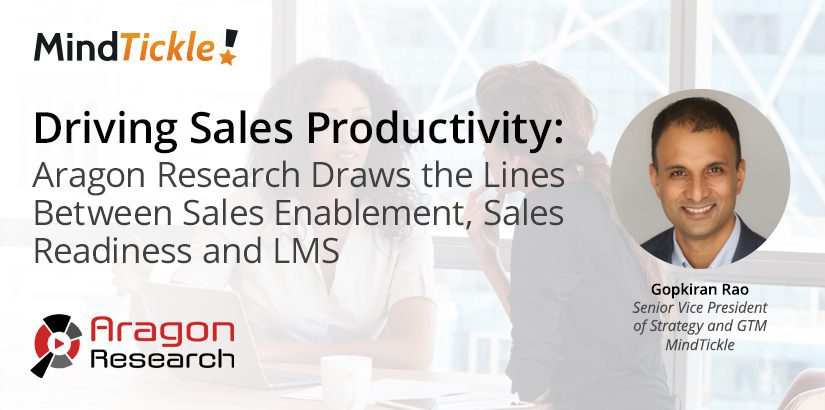If there is one thing technology vendors have really nailed, that is content marketing. With each new white paper and e-book, the digital noise aimed at buyers expands. This has been no different with sales enablement and readiness. Vendors and consultants have fallen over themselves to assure prospective buyers that they have worked out defining and differentiating sales enablement, training, sales coaching, sales effectiveness, engagement, readiness and so on. What has been missing is the authoritative voice of an analyst that marries deep practitioner experience with an in-depth understanding of the technology landscape.
The recent Tech Spectrum for Sales Coaching and Learning Report by Aragon Research is a timely and insightful snapshot of the sales training and coaching imperative as well as the technology solutions landscape. It is timely because of a renewed effort by learning platforms to co-opt sales readiness as a learning initiative and insightful because it provides a valuable framework to separate point solution pretenders from proven platforms purpose-built for sales readiness.
While this report certainly validates Mindtickle’s singular focus on tying the success of our platform to measurable capability (what reps say and do), more importantly, Aragon Research’s report lays out the interplay between sales enablement, corporate learning, and sales readiness. And at the same time, it also highlights mission-critical priorities for coaching and applied learning in the flow of work.
Mindtickle is pleased to sponsor access to the report for anyone that doesn’t have access to Aragon’s library and I invite a dialog with fellow practitioners on what I thought were three key areas the report did a particularly good job of drawing out:
- A rubric for evaluating enterprise-readiness offerings that are winning the battle for enterprise
- A persuasive argument for why and how sales teams should break away from corporate learning standards
- Sales capability indexing for real-time measurement and monitoring of revenue potential.
Defining the hallmarks of a good solution provider in the modern space
Aragon Research establishes specific evaluation criteria around company leadership, including proven customer experience, company viability, product vision, and delivery, and committed R&D as a percentage of headcount and spend. Simultaneously, it assesses the product offering itself, covering pricing and packaging completeness, performance, and awareness.
In reading through the report I was struck by the subtext of this section because it underscores observations of the companies that succeed on Mindtickle.
Before determining what an ideal solution might look like, these companies carefully profile their sales teams. For example, we are increasingly seeing the need to balance seller profiles demanding on the go readiness approaches. These sellers are:
- Increasingly desk-less and remote
- Focused on learning in the context and in the flow of work
- Wanting to consume bite-sized information in context, in digital formats
Aragon notes that by extension, a successful platform must not only find new ways to engage sellers in the blocking and tackling of core content learning, but also step away from simply sequencing training, coaching and skill development in proprietary formats. To extend that thought, on personalization and adaptive engagement must become a core requirement. Thirdly, a modern approach must leverage different modalities, methods, and techniques: features like video-challenges, peer-coaching, repetition-based learning, microcontent, community competitions, and others. All of these build engagement, but also lead to a comprehensive, single data model.
How to break away from corporate learning and corporate content management
To maximize their quota attainment, companies should evaluate the potential of their people as customer-facing advocates first, employees second, and as individuals third.
Aragon Research has done the market a very important service by creating a clear separation between corporate or enterprise learning, which has its place particularly for compliance, technical learning and training, and sales learning. The latter of which needs to be acknowledged separately.
With the profile of the modern salesperson in mind, the report showcases why companies need a just-in-time approach. This is a new modality to engage and ready sales giving them the information they need before they realize they need it, as opposed to teaching it to them just in case.
Aragon Research examines why corporate learning and content management are not taking the application of capability in a specified business context, which is what’s really needed to address the problem of sales teams wanting to be better. In their report, they call out critical examples of these business scenarios such as sales onboarding, ongoing sales learning, sales skills development, and sales coaching.
There are specific business scenarios that play out within the lifecycle of the salesperson, and in each of these critical moments, sales needs to know how to tailor their approach toward specific situations. From the time they walk in the door as a new salesperson, to the acquisition of the basic set of skills and knowledge they need to engage the market, to then delivering in the field – salespeople need to be coached in the context of their specific role, business objectives, and everyday job.
As sales teams grow and develop, their learning should grow and develop alongside them.
Identifying capability as a real-time revenue measurement
Finally, the Aragon report sheds light on how identifying capability can be a real-time measure of the revenue power and health of a business.
The real-time aspects of sales productivity extend beyond the real-time experience of the end participant, the salesperson. They also extend to the manager – as well as the executives who are working from HQ. They all need to understand how the sales are performing in real time and how to make micro and macro adjustments when and as necessary.
From a manager’s perspective, they need to know how to get real-time insights into what the salesperson has learned, what customer-facing skills are being invested in and developed, and what how is this being applied in the real world. To get these insights, they might do ride alongs, for example, so they have real world visibility. And they would be able to evaluate, reinforce, intervene, and remediate. Leveraging things like machine learning to assess and improve phone calls the rep is having with smart recommendations or prescriptive insights can help facilitate the coaching process and outcomes.
Having real-time insights – even if they’re evaluated on a staggered basis – into how the salesperson is responding to these inputs physically and virtually, is incredibly empowering for any team. This sets the stage for incorporating those insights into their engagement with the customer in context, and in time.
Concluding thoughts
In my years of experience in enterprise software, I’ve come to see technology as a journey – not an end in itself. Strategic initiatives like sales readiness cannot be delivered by technology or applications alone. It’s a large-scale, long-term effort both for those actively participating in the space and for those trying to define it.
What reports like the Aragon Research Tech Spectrum help us do is put out a pulse check and a call to arms. While it was gratifying for Mindtickle to be called out as a leader based on our strengths in product, customer focus, and enterprise acquisition, it also calls out all us in the space are here because we perform a mission-critical service to the industry – empowering sellers and buyers to connect on value.
Click Here to Download Your Complimentary Copy of the Research

